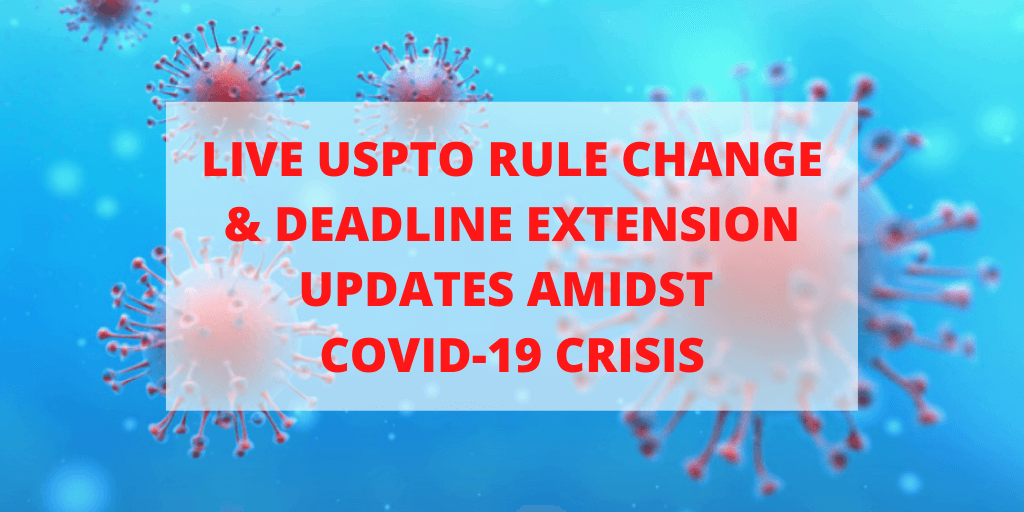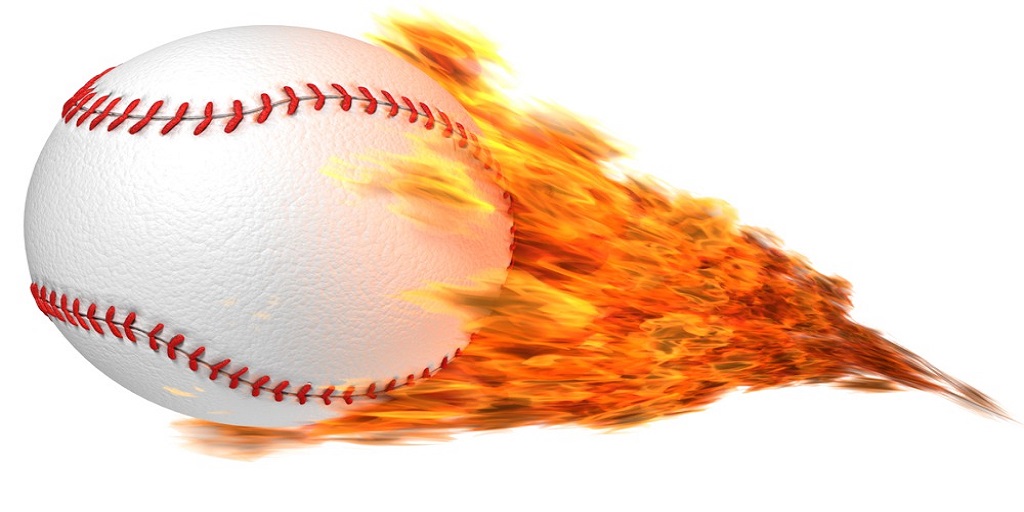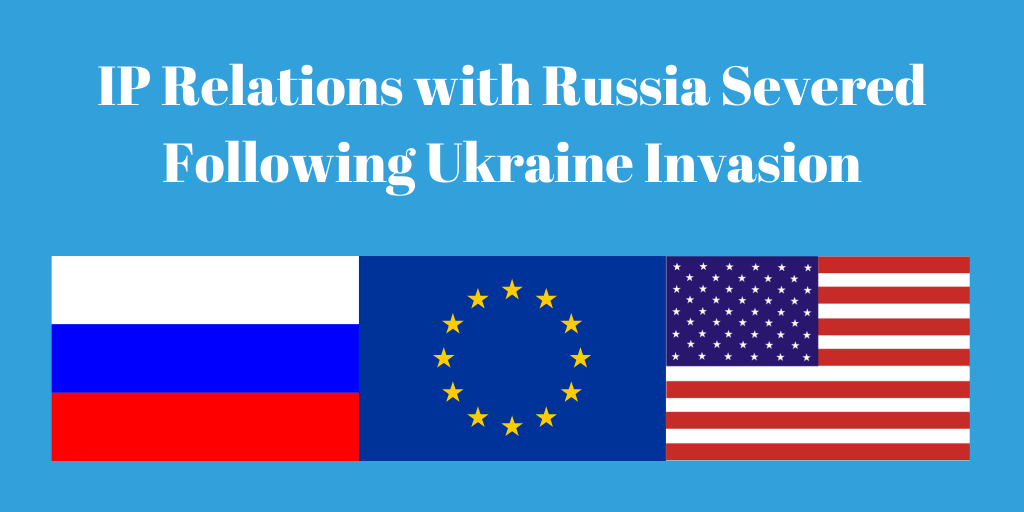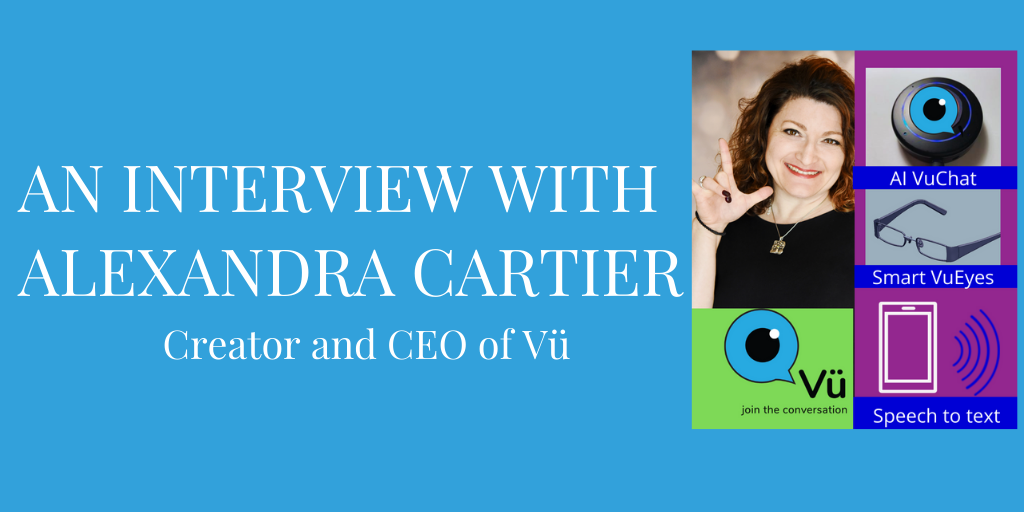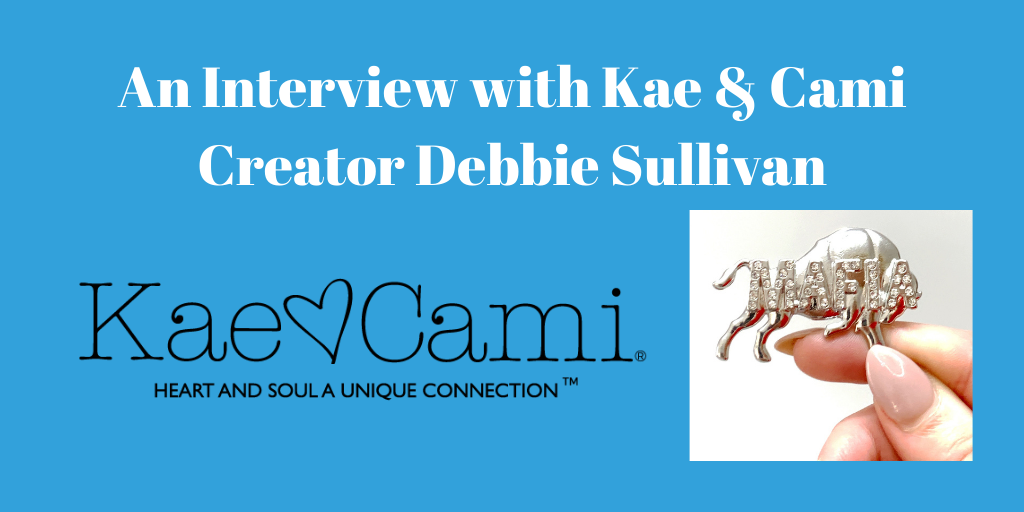If you are an inventor, you may have thought about protecting your inventions. But what protections are available?
One form of protection is to patent your invention. A utility patent confers the rights to exclude others from making, using, selling, offering for sale, or importing a device or invention covered by the patent into the United States. With the ability to exclude others from making an invention, a patent is a very valuable form of protection.
But how do you patent your invention?
Getting a patent necessitates that the invention satisfy various statutory requirements. These requirements mandate that the invention be novel, non-obvious, have utility, and qualify as patentable subject matter.
The statutory rule that defines patentable subject matter is 35 U.S.C. § 101:
“Whoever invents or discovers any new and useful process, machine, [article of] manufacture, or composition of matter, or any new and useful improvement thereof, may obtain a patent.”
What does this mean exactly? Construed broadly, the invention would have to fall under one of the categories listed under 35 U.S.C. § 101 to qualify as patentable subject matter.
The four categories for patentable subject matter are:
- Machines
- Article of manufacture
- Composition of matter
- Processes or methods of doing business
What is a Machine?

Under the United States Patent and Trademark Office, a machine is “[a] concrete thing, consisting of parts, or of certain devices and combination of devices.” Moreover, “[t]his includes every mechanical device or combination of mechanical powers and devices to perform some function and produce a certain effect or result.”
In other words, the invention is some sort of tangible or physical thing made up of tangible or physical constituents working together to produce a result. Examples of machines can range from sewing machines to car engines.
What is an Article of Manufacture?
The USPTO definition for article of manufacture is:
“An article produced from raw or prepared materials by giving to these materials new forms, qualities, properties, or combinations, whether by hand labor or by machinery.”
Some examples of articles of manufactures include things such as pencils, camera lenses or ceramics. Generally, articles of manufactures do not have moving parts.
What is a Composition of Matter?
As for compositions of matter, the USPTO defines it as “all compositions of two or more substances and all composite articles, whether they be the results of chemical union, or of mechanical mixture, or whether they be gases, fluids, powders, or solids.”
Pharmaceutical drugs or chemical solutions are just some examples of a composition of matter. However, alloys can also qualify as a composition of matter since they are made up of two or more metals.
What is a Process?
The USPTO defines process as “an act, or a series of acts or steps that are tied to a particular machine or transform a particular article into a different state or thing.” In other words, an invention may qualify as a process if it consists of steps acting in conjunction to produce an end result.
The steps to create a certain chemical composition or a specific apparatus can all potentially fall under processes under 35 U.S.C. § 101. Moreover, even certain methods of doing business may possibly qualify if they meet the mandated requirements.
What may not be patentable subject matter
Inventions that do not fall within the enumerated categories set forth by 35 U.S.C. § 101 will most likely not qualify as patentable subject matter and therefore probably cannot be patented.
Additionally, the United States Supreme Court has found that:
“[l]aws of nature, natural phenomena, and abstract ideas are not patentable.”
As a possible policy concern, patenting laws of nature, physical phenomena, and abstract ideas could preempt entire areas of science and technology.
(For more examples or clarity on patentable subject matter, you can check out the USPTO website and see the examples they set forth on their website.)
Nature based examples are found here.
Abstract idea examples are found here.
Life Science examples can are found here.
What about living organisms?
So if laws of nature are not patentable, then living organisms or naturally occurring events are consequently not patentable either, right? Generally, that is the case. However, in the United States, living organisms can be patented if they are not a natural product of nature. That means organisms modified by some form of human intervention may qualify as patentable subject matter.
In Diamond v. Chakabatry, the Supreme Court held that Chakabatry’s modified bacteria was “not nature’s handiwork, but his own; accordingly it is patentable subject matter under § 101.” The Court reasoned that the modified bacteria was “a non-naturally occurring manufacture or composition of matter—a product of human ingenuity having a distinctive name, character and use.” In this case, Chakabatry developed a modified bacterium capable of breaking down oil used to treat oil spills.
And DNA?
Just like living organisms, naturally occurring DNA will most likely not qualify as patentable subject matter. But modified DNA that does not occur in nature can possibly be considered patentable subject matter.
In Association for Molecular Pathology v. Myriad Genetics, Inc., the Court found that although “cDNA retains the naturally occurring exons of DNA,… it is distinct from the DNA from which it was derived.” As a consequence “cDNA is not a “product of nature” and is patent eligible under § 101, except insofar as very short series of DNA may have no intervening introns to remove when creating cDNA.”
What are your thoughts on patentable subject matter?
Watch Vincent LoTempio’s video on what makes an Idea Patentable here:
Get Started Today!
Does this article interest you? Subscribe to the LoTempio Law email newsletter to receive posts and updates just like this conveniently in your email box!
If you’ve enjoyed this blog post, we have lots more where this came from, including an Inventors Guide Video Series where we help you turn your good idea into a profitable invention, and tons of other great content. Simply enter your email address and hit sign up and you’ll get everything, including blog posts like these, conveniently in your email box!
Have any questions? Give us a call at 1-800-866-0039. Consultations are FREE.
Disclaimer: This article is not intended to be legal advice and is meant to be for educational or entertainment purposes only. For legal advice and questions, please contact registered Patent Attorney Vincent LoTempio.

